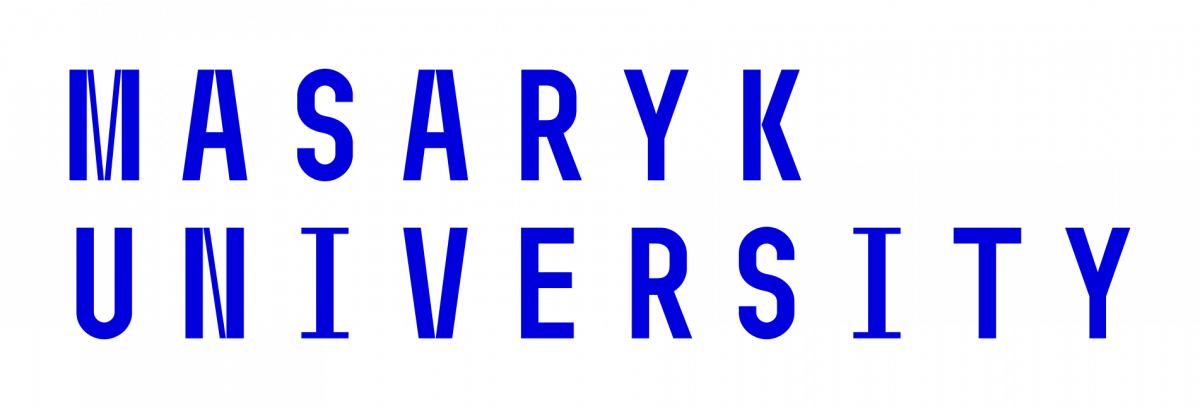Migration and forced displacement are among the most pressing issues of global society and politics. According to the Migration Data Portal, over 280 million people globally were migrants or refugees in 2020, an unprecedented number and an increase of almost 130 million compared to 1990. In the European context, the news media agenda has focused more intently on the issue since the so-called “refugee crisis” of 2015.
It is believed that journalistic coverage of these issues has significant effects on how society perceives migrants and refugees. Consequently, actors such as NGOs often point towards the high responsibility of news outlets when reporting on migration and forced displacement, for example regarding professional ethics. This includes the importance of using correct terminologies. The 2018 United Nations’ Global Compact for Migration calls for independent, objective and quality reporting by media outlets on these issues.
However, scholarly research has pointed towards an often conflict-oriented and elite-focussed coverage of migration and forced displacement in European media, which often neglects the voices of migrants and refugees themselves. According to studies, the contents of migration coverage tend to ignore the complex contextual factors of migration and forced displacement.
Moreover, research on how African and European outlets cover the topic demonstrate shortcomings related to the geographies of news, with perspectives being rather one-dimensional and self-centred, often following the logics of domestication. Consequently, covering migration and forced displacement is believed to be a suitable topic for cross-border journalism.
Several publications and online manuals have been created in recent years to support journalists covering migration and forced displacement. These include, among many others, the Covering Migration Toolkit by Minority Rights Group International, the Labour Migration Guidance for Journalists of the International Labour Organization (ILO), the Migration Reporting Guidelines of the Global Investigative Journalism Network, and the UNESCO Handbook for Journalism Educators about Reporting on Migrants and Refugees.









